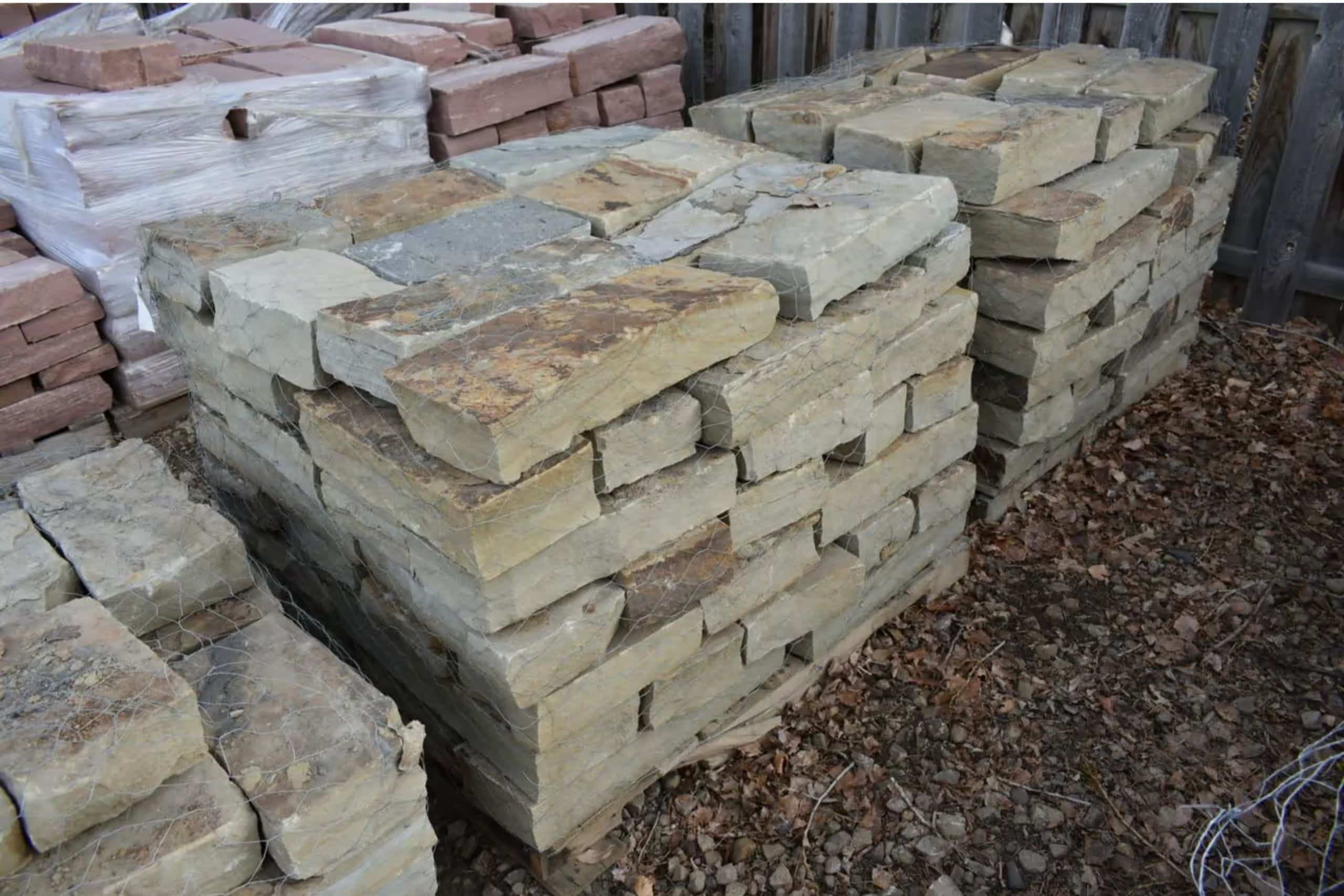
Retaining walls are a wonderfully versatile addition to your property’s landscape. From a practical standpoint, they can help shape and define your outdoor spaces and provide more usable areas. From an aesthetic perspective, they bring a sculptural quality that adds definition to the landscape, and they can be made from various materials to evoke different styles.
The different materials used in retaining walls can have a direct impact on both the strength, cost, and aesthetic quality, so it’s wise to consider the best material for your project objectives. At the Rock Garden, our experts have helped innumerable individuals select the best retaining wall materials in order to construct their dream landscape - here are our top tips for selecting the best one.
A retaining wall is a wall that holds back earth or water on one side of it. Above ground, retaining walls are vertical, or near-vertical, structures designed to create level areas on sloping sites. They can help reduce wasted space, prevent erosion, solve drainage issues, and provide structure to steeply sloped areas.
Retaining walls come in all types, shapes, and sizes, from simple gravity walls to bored pile walls for basements and earth retaining walls using geogrids. Each type is designed to suit the specific needs of a project according to the site conditions.
The four main types of retaining walls are gravity retaining walls, cantilever retaining walls, embedded retaining walls, and reinforced soil retaining walls.
There are many types of materials that can be used to create retaining walls like concrete blocks, poured concrete, treated timbers, rocks, or boulders. Some are easy to use, others have a shorter life span, but all can retain soil.
It’s important to understand, however, that retaining walls are designed to restrain soil at the steepest angle it can hold naturally, without failing. To do this, they need to be able to withstand the horizontal – or lateral – earth pressure, exerted by the material being retained. Because of this pressure, retaining wall materials need to have a fair amount of durability and strength to maintain structural integrity. They also need to be resilient because retaining walls are used in outdoor environments and are thus subjected to weather conditions such as rain, wind, sunlight, and periods of freezing and thawing.
There are many different types of retaining wall materials that can be used for your project. The most popular type of retaining wall material by far is natural stone, either in the form of boulders, fieldstone, or cut stone blocks. Stone is a beautiful, natural retaining wall solution that comes in a wide variety of styles, colors, and textures, and while it is more expensive, it is certainly the most durable and resilient material.
Other materials that are less popular include wood, concrete, and synthetic materials (such as plastic/ PVC blends). These other materials tend to have a lower price than natural stone, but they lack in their durability and aesthetic quality. When selecting these materials, however, it’s also worth considering using a stain or stone veneer finish for your wall.
Every project will have different priorities and objectives, but you can select the best material for your retaining wall by considering the following tips:
Our first tip is to determine your expected budget for your retaining wall project. If your goal is to minimize costs as much as possible, materials such as wood and concrete will help you reduce the expenses that are associated with your project. On the other hand, if your budget is larger, investing in materials such as natural stone will be slightly more expensive on the front end but will be guaranteed to last far longer with less need for repairs and maintenance down the road.
Aesthetics will have a big impact on the material you decide on for your project. Wood has a much different appearance than concrete blocks, and those both obviously look different than natural stone. For those looking for a timeless, luxurious charm, natural stone is a great choice for a beautiful wall that will blend with any landscape.
Retaining wall materials will all be different to install. First, you have to determine how you will transport your materials from the supplier to your project’s site, and then you have to consider the relative difficulty of installing and working with various materials. Stone is heavier, but it can be easily delivered to your project if you work with the Rock Garden. Also, while heavier materials might be a little more difficult to handle, they will be stronger and more able to withstand the lateral pressure applied to them.
The climate where the wall will be located can affect its lifespan. For example, structures may last longer in mild climates, while retaining walls in areas with strong storms may weather faster. In respect to Colorado’s harsh weather conditions, particularly its rapid fluctuations between sun and freezing temperatures, it is wise to select a more durable and resilient material like stone for your retaining wall.
In most situations, natural stone will be the ideal material to select for your retaining wall due to its beautiful appearance matched by its significant durability, resilience, and longevity. Always plan carefully before investing in retaining wall materials, and take the time to consider what your project priorities are. But if you believe that stone is the best choice for your retaining wall, come visit the Rock Garden to get inspiration in person and hand-select your materials on your own schedule.